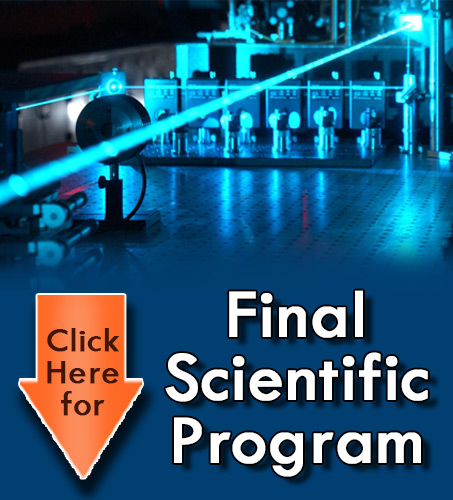
Dong Li
Microsystem and Terahertz Research Center, China
Title: Parity detection achieving Heisenberg limit in an SU(1,1) interferometer with coherent and squeezed vacuum input states
Biography
Biography: Dong Li
Abstract
One common tool for precision measurement is interferometer. Compared with the conventional SU(2) interferometer, the SU(1,1) interferometer utilizes parametric amplifi ers for wave splitting and recombination. Due to parametric amplifi cation process, SU(1,1) interferometers have a better phase sensitivity than SU(2) ones under the same condition of input states. With squeezed vacuum input, the phase measurement sensitivity of SU(1,1) interferometers can be improved. The is improvement is due to noise reduction. Here, we theoretically study parity detection on an SU(1,1) interferometer with coherent mixed with squeezed vacuum input states. Parity detection counts the evenness or oddness of the photon number in one output mode. Our work shows that parity detection reaches below Heisenberg limit when the input coherent and squeezed vacuum light are mixed in roughly equal proportions with a strong parametric amplifi er strength. Compared with homodyne detection, parity detection has a slightly better phase sensitivity with coherent and squeezed vacuum inputs and parity detection is more suitable than homodyne detection in some certain situations. Lastly, we also investigate the Quantum Cramer-Rao bound for SU(1,1) interferometers, showing that phase measurement sensitivity does not surpass Quantum Cramer-Rao bound even though it surpasses Heisenberg limit. Parity detection was initially proposed to applied with input N00N states and Fock states in SU(2) interferometers. Now, parity detection invades SU(1,1) interferometers.

